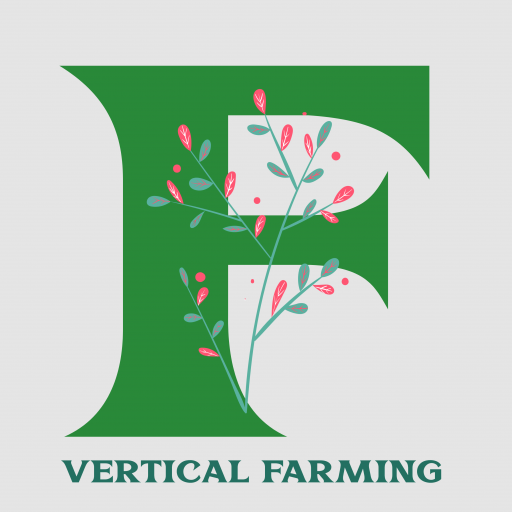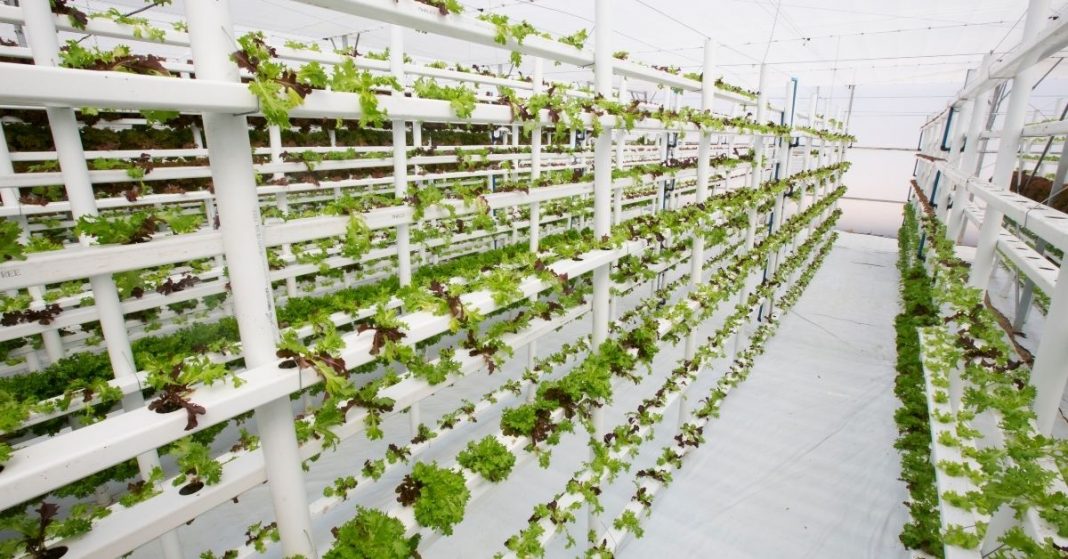What is the cost of vertical farming?

As the world’s environment changes rapidly and rapidly, the agricultural sector must change to meet the increasing requirements of the present. While in the last century, the world’s population slowed down and goods traveled quickly across borders, the COVID-19 epidemic and the climate crisis have created a larger, more distant, and more complicated world, which has led to instability in the agriculture sector and the agricultural sector. Environmentally controlled agriculture (also called CEA) can be one way to tackle the issues of a post-globalized environment because it can cultivate food in areas that weren’t previously accessible, like indoor areas in urban areas, as well as in climates that are harsh and bleak. Urban farming is an important factor in the field of CEA. It is rapidly growing globally, boasting huge potential to alleviate many of the serious issues that are threatening nutrition security. What is the cost of farming vertically? Does it have the capacity to feed an increasing population cost-effectively? There are many approaches to considering this question, such as looking at the initial expenses, operating costs, and knowing the future of traditional agriculture.
How much will vertical farming cost?
The production of food in indoor areas has been considered to be the best method to feed the ever-growing number of people. Vertical farming is becoming increasingly seen as a way to grow larger quantities of higher-quality crops all year long and make food production more accessible to consumers, and even in urban zones. For those who grow leafy produce, moving to vertical farming could dramatically decrease their dependence on traditional farming techniques, which are influenced by weather conditions. It would also ensure that the crops are consistent and high-quality to ensure that customers are satisfied. Obviously, the main thing is to make sure the vertical farming costs and business cases are in line. In recent times, this is the reason why businesses are increasingly seeking expert advice from the team at Cambridge HOK.
How much will it cost to construct a one-acre greenhouse?
Greenhouse Cost Per Acre You can expect to pay anything from $40,000 to $100,000 or more for a greenhouse that covers an area of 1 acre. The greenhouse covers 43,560 sq ft of greenhouse space within an acre. If you’re building on more than one acre, you will likely pay less than $2 for each square foot, but the final cost will be based on several variables. cost of vertical farming
Starting up costs
The type of farm you choose to set up your farm will determine the initial cost. Larger facilities require more of everything, and that means more expense. In addition to the expense of the building itself, This facility isn’t too expensive if you’re thinking of starting an agricultural operation on the property you already own and paying for, such as an unoccupied bedroom garage or containers for storage. Apart from the facilities, equipment will comprise a large portion of vertical farming costs. Lighting, CEA tech, pH shelves, tools, and all other equipment that you require for your particular setup. For instance, hydroponic farmers probably require water pumps as well as pipes. In addition, consider the size and quality of the equipment you have. The more you’ll need the equipment, the more costly it will be. In addition, equipment with higher tech will have a higher cost. You should prepare a budget for the items you’ll need to start with the planting process. This includes the growing medium, the nutrient solution, and the seeds. When considering aquaponics, think about the cost of fish and their diet. There is also a possibility that you will require a license to run on your property, which could be charged for it. It is important to study the local zoning laws before starting.
Operating expenses
Vertical farms use significant amounts of energy, particularly if artificial light is the sole source of illumination for the plant. Small vertical farms invest on average $3.45 for each square foot in energy costs, while larger vertical farms have an average of $8.02 for each sq ft. Small farms are less than 10,000 sq. ft., and large farms are larger than that. The cost of energy also depends on the effectiveness of bulbs. Bulbs with higher efficiencies generate more light, use less power, and ultimately cost less over the long haul. However, they usually cost more upfront. Labor is another constant vertical farming expense. Even small farms need help to keep them running. The most important thing to consider is whether you’ll do the entire thing yourself or hire someone else to take on the job. The amount you pay, the benefits you pay employees, and the number of employees you have will impact the cost you spend on labor. Indoor vertical farms typically spend 56% of their operating budget on labor or $20.78 per square foot. It is also important to think about expenses for the materials you need, such as growing media, seeds, fertilizer, and solutions. These typically account for 11% of a vertical farming operation’s budget. Whatever your goals are, make sure you budget following your business’s needs and initial expenses. If you’d like to be a vertical farmer, but you’re unsure how to begin, take an interest in the Pure Greens Container Farm! Farms of Pure Greens! Our farms utilize vertical hydroponic systems for growing crops. They are completely equipped, including CEA technology.cost of vertical farming
F.A.Qs
Are farms in the vertical axis costly?
In his words, “Vertical farming represents the most costly and controlled type of agriculture.” At first glance, it appears that vertical farms are actually quite shockingly more expensive than greenhouses. They are up to six times as expensive.
Is vertical farming more profitable?
Of course, another method by which vertical farming can have a distinct advantage in terms of becoming more lucrative than the traditional method is its capacity to protect against damage caused by insects. Along with conserving money through not having to buy pesticides, it can also provide a much higher consistency in the amount of produce.
What’s the cost of vertical farming worth?
Market projections for global vertical farming in 2020 and 2019: In 2019, the market for vertical farming reached approximately 4.4 billion U.S. dollars, but the value of the market is projected to grow to 15.7 billion U.S. dollars by 2025.
Why is vertical farming so expensive?
Vertical indoor farms are costly. Clean and controlled-entry rooms with well-calibrated lights for growing and the machinery used for planting and harvesting are all accompanied by a high upfront cost and the facilities required for the farm’s housing. Robotics, machine learning, as well as automation, are all costly.
What are the crops that vertical farms can cultivate?
Okra, corn, Brussels sprouts, sunflowers, and okra are excellent candidates for vertical agriculture. They grow naturally vertically and don’t require any support. Actually, these tall plants can serve as a support system for light vines. Greens such as lettuce, kale, and basil can also be part of an indoor garden.
What is the biggest vertical farm?
Aero Farms has four New Jersey vertical farms that produced 2 million pounds of food in 2020. The number is expected to rise dramatically with Aero Farms’ announcement in April of constructing a 90,000-square-foot indoor farm in Abu Dhabi, the world’s largest vertical farm.


